Tag: analysis

Clinical Evaluation of a High-fidelity Upper Arm Cuff to Measure Arterial Blood Pressure during Noncardiac Surgery
The new high-fidelity upper arm cuff method met the current international standards in terms of accuracy and precision. It was also very accurate to track changes in blood pressure and reliably detect severe hypotension during... read more
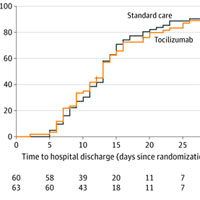
Effect of Tocilizumab vs. Standard Care on Clinical Worsening in Patients Hospitalized With COVID-19 Pneumonia
The administration of tocilizumab in patients with COVID-19 pneumonia and a Pao2/Fio2 ratio between 200 and 300 mm Hg did not reduce the risk of clinical worsening. Further blinded, placebo-controlled randomized clinical... read more
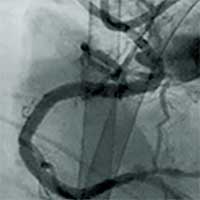
VA-ECMO to Rescue Sepsis-induced Cardiogenic Shock
Patients with sepsis-induced cardiomyopathy with cardiogenic shock have a high mortality. This study assessed venoarterial extracorporeal membrane oxygenation (VA-ECMO) support for sepsis-induced cardiogenic shock refractory... read more
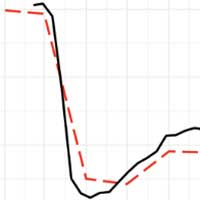
Pulse Wave Analysis to Estimate Cardiac Output
Cardiac output (CO)–guided therapy is a promising approach to hemodynamic management in high-risk patients having major surgery and in critically ill patients with circulatory shock. Pulmonary artery thermodilution remains... read more

Sepsis and the Obesity Paradox: Size Matters in More Than One Way
Our retrospective analysis suggests that although patient size (i.e., body mass index) is a predictor of in-hospital death among all-comers with sepsis—providing further evidence to the obesity paradox—it adds that illness... read more

Ethnicity and Outcomes in Patients Hospitalised with COVID-19
Preliminary studies suggest that people from Black, Asian and Minority Ethnic (BAME) backgrounds experience higher mortality from COVID-19 but the underlying reasons remain unclear. Prospective analysis of registry data... read more

Hospital-level Variation in the Development of Persistent Critical Illness
Hospitals with higher risk- and reliability-adjusted 30-day mortality have a higher probability of developing persistent critical illness. Understanding the drivers of this variation may identify modifiable factors contributing... read more
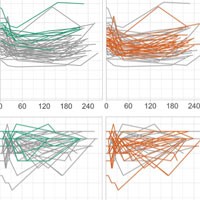
Pharmacokinetics and Sedative Effects of Intranasal Dexmedetomidine in Ambulatory Pediatric Patients
These results demonstrate that intranasally (IN) dexmedetomidine is relatively rapidly absorbed and causes significant sedation in pediatric patients. Pharmacokinetics of IN dexmedetomidine in pediatric patients show quite... read more

Standardized EEG Analysis to Reduce the Uncertainty of Outcome Prognostication After Cardiac Arrest
In the majority of comatose cardiac arrest (CA) patients, the outcome remains indeterminate after application of ERC/ESICM prognostication algorithm. Standardized EEG background analysis enables accurate prediction of both... read more
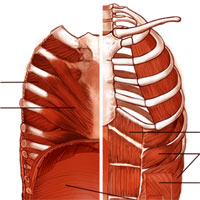
Expiratory Muscle Dysfunction in Critically Ill Patients
The expiratory muscles are the "neglected component" of the respiratory muscle pump. Rather as the heart does not comprise only a left ventricle, but also a right one, the respiratory muscle pump is much more than just the... read more

Global, Regional, and National Sepsis Incidence and Mortality: 1990-2017
Globally, there were an estimated 60.2 million cases of sepsis in 1990 and 48.9 million cases of sepsis in 2017. This change represents a decrease of 18.8%. Of all incident cases of sepsis in 2017, 33.1 million occurred... read more

Renal Function-Adjusted D-Dimer Levels in Critically Ill Patients With Suspected Thromboembolism
D-Dimer cutoff levels adjusted for renal dysfunction appear feasible and safe assessing thromboembolic disease in critically ill patients. Furthermore, adjusted D-dimer cutoff levels seem reliable in patients with acute kidney... read more

Admissions Trends, Resource Use, and Risk-adjusted Hospital Mortality for Elderly Patients Admitted to ICUs
Over the past two decades, elderly patients have been more commonly admitted to ICU than can be explained solely by the demographic shift. Importantly, as with the wider population, outcomes in elderly patients admitted to... read more

Delay in Antibiotic Administration Is Associated With Mortality Among Septic Shock Patients With Staphylococcus Aureus Bacteremia
The results of this study further support the importance of prompt appropriate antibiotic administration for patients with septic shock. Physicians should consider acting quickly to administer antibiotics with S. aureus... read more




